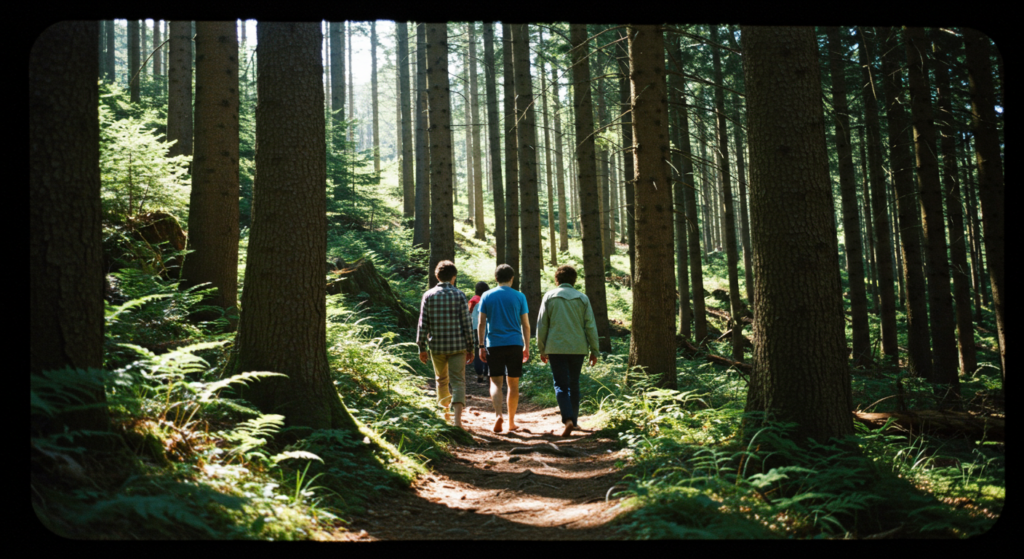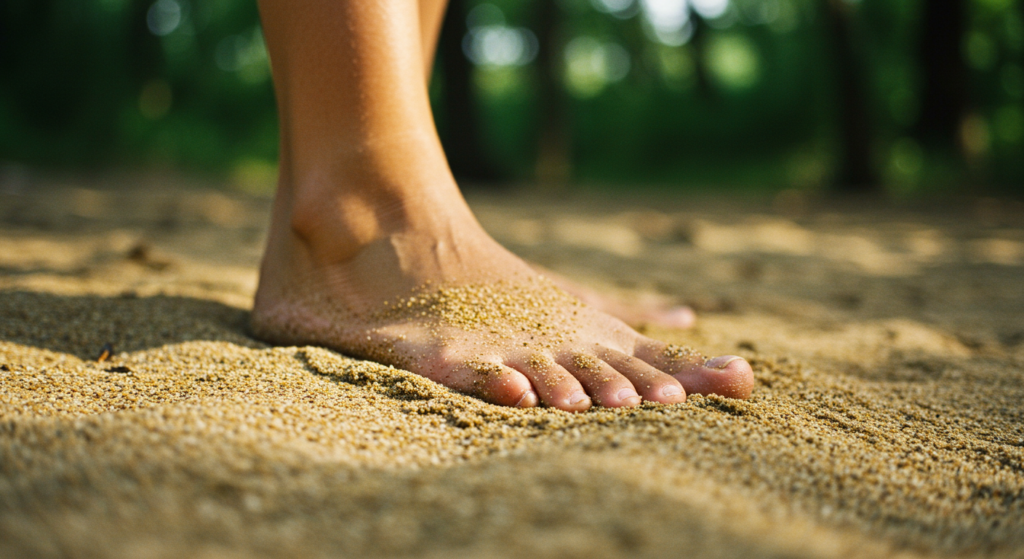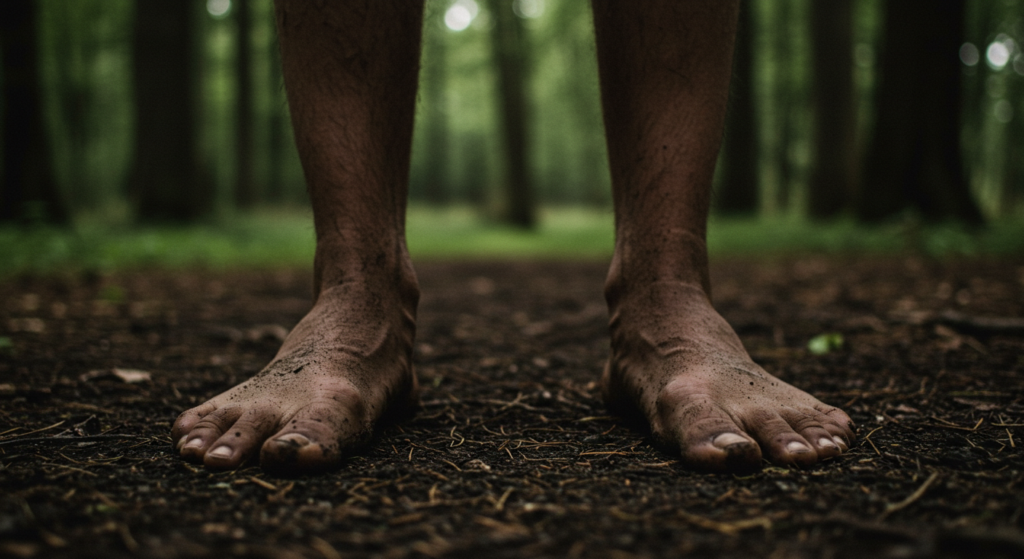Unlock the Hidden Power of Going Barefoot in the Wild
Have you ever kicked off your boots and let your feet sink into soft grass or warm sand? If so, you’ve already experienced a glimpse of the secret power of being barefoot in nature. This simple yet transformative act has been linked to a wide range of physical, mental, and emotional benefits. From improving your posture to boosting circulation and connecting you with the Earth, walking barefoot (or “grounding”) can profoundly enhance your well-being.

The Science Behind Grounding
At its core, grounding refers to the act of physically connecting your body to the Earth’s surface. This connection allows your body to absorb the planet’s natural energy, specifically its negative electrons. According to researchers, this energy transfer can neutralize harmful free radicals in the body, reducing inflammation and improving overall health.
One study published in the National Institute of Health revealed that grounding helps reduce chronic pain, lower stress levels, and even improve sleep. The simple act of walking barefoot on natural surfaces-such as grass, sand, or soil-enables your body to recharge and restore balance.
Benefits of Walking Barefoot in Nature

1. Improved Posture
Walking barefoot encourages a more natural gait, aligning your spine and improving posture. Modern footwear often alters the way we walk, leading to imbalances and strain. Barefoot walking helps your feet engage more muscles and adapt to uneven surfaces, fostering better alignment.
2. Enhanced Circulation
Barefoot walking stimulates the nerve endings and pressure points on your feet, promoting better blood flow throughout your body. Improved circulation can enhance energy levels, aid recovery, and support cardiovascular health.
3. Reduced Stress and Anxiety
Nature itself is a powerful stress reliever, and walking barefoot amplifies this effect. Studies show that grounding can lower cortisol levels-the hormone responsible for stress. The physical connection with the Earth helps calm your nervous system, creating a sense of peace and well-being.
4. Boosted Immune Function
Grounding has been linked to enhanced immune responses. By reducing inflammation and neutralizing free radicals, barefoot walking strengthens your body’s ability to fight infections and recover from illness.
5. Improved Balance and Strength
When you walk barefoot, your feet and ankles adapt to uneven terrain, activating stabilizing muscles that are often underused in shoes. This strengthens your lower body and improves your overall balance.
How to Start Walking Barefoot

To start walking barefoot, begin by choosing a location that is both safe and inviting. Parks with well-maintained grass, sandy beaches, or soft soil are excellent places for beginners. These environments minimize the risk of stepping on sharp objects and provide a comfortable introduction to grounding.
If you’re new to barefoot walking, it’s important to ease into the practice. Begin with short walks, allowing your feet to adapt gradually. Over time, increase the duration of your barefoot sessions as your foot muscles strengthen and your skin becomes more resilient to natural surfaces.
Consistency is key when it comes to reaping the benefits of grounding. Aim to walk barefoot for at least 15 to 30 minutes daily. Regular practice not only enhances the health benefits but also deepens your connection with the Earth.
Lastly, stay mindful as you walk. Pay close attention to the sensations underfoot—the coolness of grass, the warmth of sand, or the texture of soil. This mindfulness not only enriches your experience but also enhances the grounding effect, helping you feel more present and connected to nature.
Frequently Asked Questions About Barefoot Walking

Is it safe to walk barefoot?
Yes, as long as you choose clean and safe environments. Inspect the ground for sharp objects, and avoid areas with potential hazards.
What if I have sensitive feet?
Start with soft surfaces like grass or sand to ease your feet into the practice. Over time, your feet will become more resilient.
Can grounding help with chronic pain?
Research indicates that grounding can reduce chronic pain by lowering inflammation. Many individuals with conditions like arthritis report significant relief.
Does grounding work indoors?
While outdoor grounding is ideal, you can use grounding mats or sheets indoors to simulate the effects.
How long does it take to see benefits?
Some people notice immediate relaxation, while others experience gradual improvements in sleep, mood, and energy levels over weeks or months.
Kick Off Your Shoes and Rediscover Nature’s Magic
Walking barefoot in nature invites you to slow down, embrace simplicity, and connect with the Earth in a deeply restorative way. Whether you’re seeking relief from stress, better posture, or just a moment of mindfulness, grounding offers a host of surprising benefits. With every barefoot step, you’re not only nurturing your body but also rekindling a relationship with nature that modern life often overlooks. So go ahead—take off your shoes, explore the world beneath your feet, and let nature’s healing power ground you in wellness and joy.
